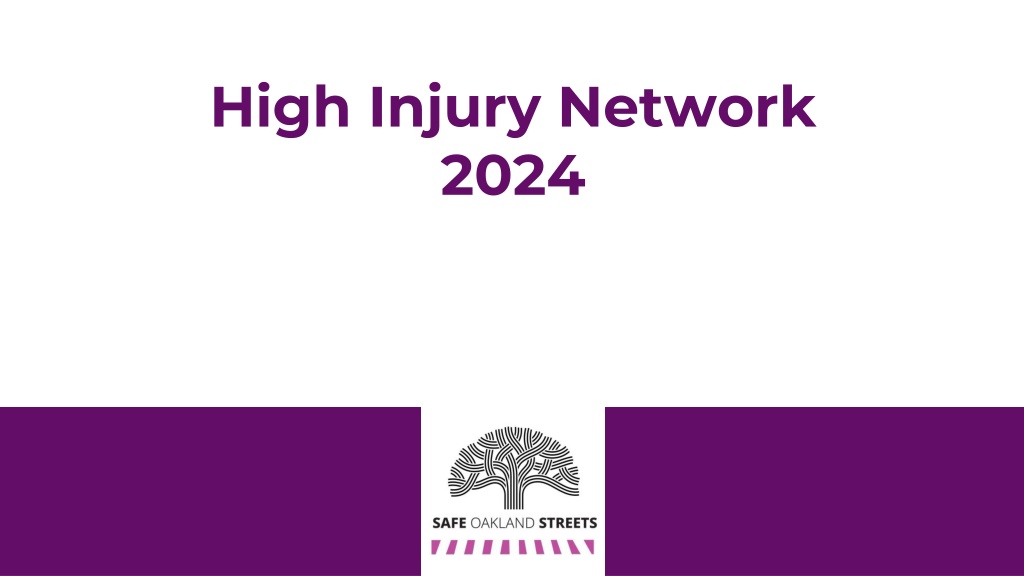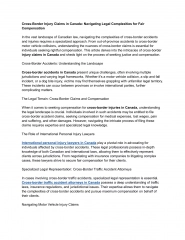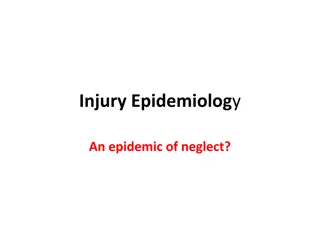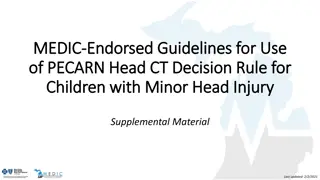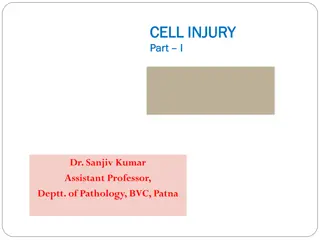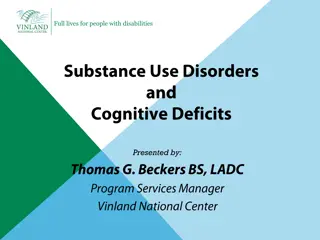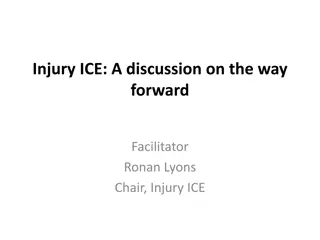High Injury Network 2024 Overview
Introduction to the High Injury Network (HIN) and its significance for resource allocation decisions related to traffic safety in Oakland. The methodology used for analysis, mapping by mode, and comparison between 2018 and 2024 data is discussed. Strategies are summarized for addressing fatal and severe crashes, with a focus on pedestrian, bicycle, and motor vehicle safety. Key statistics and goals for reducing high severity crashes are highlighted.
Download Presentation

Please find below an Image/Link to download the presentation.
The content on the website is provided AS IS for your information and personal use only. It may not be sold, licensed, or shared on other websites without obtaining consent from the author.If you encounter any issues during the download, it is possible that the publisher has removed the file from their server.
You are allowed to download the files provided on this website for personal or commercial use, subject to the condition that they are used lawfully. All files are the property of their respective owners.
The content on the website is provided AS IS for your information and personal use only. It may not be sold, licensed, or shared on other websites without obtaining consent from the author.
E N D
Presentation Transcript
High Injury Network 2024
Outline 1. Introduction 2. Methodology 3. Maps by Mode 4. 2018-2024 Comparison 5. Geographic Distribution
Introduction High Injury Network (HIN) Foundation for resource allocation decisions at OakDOT related to traffic safety: Capital Improvement Plan Complex Paving Project Development/Grant Applications Automated Speed Enforcement Pilot (AB 645) Key to Safe Oakland Streets (SOS) goals of reducing and eliminating fatal and severe crashes Identify highest density of most severe crashes; Fatal or Severely Injured (FSI) Communicate priorities with community
Methodology ESRI GIS Consultant: Sliding Window analysis .5 mile segments (.1 added together) Crash Weighting 4 crash types: 1 (most severe) 4 (least) Motor Vehicle (1,2 = 3pts; 3,4 = 0pts) many more crashes overall Pedestrian and Bicycle (1,2 = 3pts; 3=1pt, 4 = 0pts) fewer crashes overall Property Damage Only not included Data Inclusion 2017-2021 Transportation Injury Mapping System (TIMS) Mapped Statewide Integrated Traffic Records System (SWITRS) Previous 2018 map used 2012-2016 Post-processing/Quality Control Kept segments from 2018 HIN if there was a recent fatality, general cleanup
Strategies Summarized: HIN Statistics % of Oakland Streets 8% HIN Year # FSIs on HIN % FSIs on HIN HIN Total Miles 2024 342 63% 66 2018 328 63% 63% 64 64 8% 8% Statewide Safety Corridor Requirements 2023 CA MUTCD - minimum 25% of Fatal or Serious Injuries (FSIs) captured - 20% of overall network - separated by mode 7
Strategies Summarized: Pedestrian 9
Strategies Summarized: Bicycle 10
2018-2024 Comparison HIN 2018 HIN 2024 Overlapping Miles 64 64 66 66 38 38 13
2018-2024 Comparison HIN 2018 HIN 2024 Overlapping Miles 64 64 66 66 38 38 14
Strategies Summarized: Priority Equity Neighborhoods 2018 HIN Miles 1 3 13 21 26 2024 HIN Miles 4 7 13 17 26 2018 HIN % 2024 HIN % Priority Quintile Lowest Low Medium High Highest 1% 4% 20% 33% 41% 6% 10% 19% 25% 39% 17
Strategies Summarized: Council Districts 2018 2018 HIN HIN Miles Miles 2024 2024 HIN HIN Miles Miles 2018 2018 HIN % HIN % 2024 2024 HIN % HIN % Council District 1 6 5 9% 8% 2 16 10 25% 15% 3 17 14 26% 22% 4 1 3 2% 5% 5 11 10 17% 15% 6 7 14 11% 22% 7 7 11 11% 17% 18
Thank you! More info & resources available at: www.oaklandca.gov/SOS Megan Wier, Assistant Director, OakDOT 20
